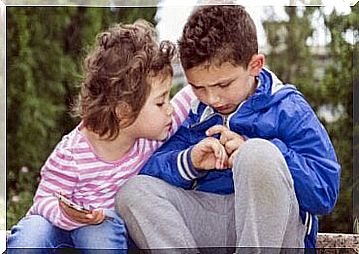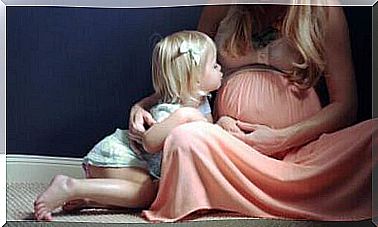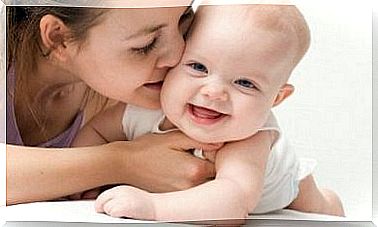What Is Mentalization? – Being Parents
Have you ever wondered how human beings can “read” the minds of others? This ability is known as mentalization and involves the development of interpersonal and intrapersonal intelligence.
Do you want to know what are the characteristics of mentalization, what it is used for and when it is acquired? So read the article below, because we give you the answers to these questions.
Before you continue, you should know that babies are not born with the ability to practice this mental ability, as it is gradually developed through the experience and relationships that children build with other people.

What is mentalization?
Mentalization, also known as the thinking function, is a mental capacity that allows one to imagine and understand one’s own mental state and that of others in order to perceive and interpret the behaviors and actions that one and the other perform.
In other words, it is all about attributing certain thoughts, feelings, desires, beliefs, needs, motives, etc. that would explain his own behavior and that of others.
This complex cognitive skill is fundamental to establishing satisfying social and emotional relationships, based on mutual help, communication, empathy, assertiveness and active listening.
What is this mental capacity for?
According to psychologists and psychoanalysts Angelina Graell Amat and Gustavo Lanza Castelli, some of the most relevant functions related to mentalization are as follows:
- It allows you to better understand and predict your own behavior and that of others.
- It promotes self-control on the behavioral level, by making it possible to anticipate the impact of certain attitudes on others.
- Also, it promotes the control of emotions, which helps to identify and express one’s own desires, thoughts and feelings depending on the situation, as well as to regulate them.
- Mentalization promotes a secure attachment between parents and children.
- It improves communication between people because, in order to maintain a fluid conversation, it is necessary to take into account the mental state of the interlocutor.
- It allows us to understand our own thoughts as mere mental representations, as something different or separate from reality.
The development of mentalization in childhood
According to the psychoanalyst Peter Fonagy, one of the creators of the term “mentalization”, this cognitive ability begins to appear in a very primitive way from the age of six months and, little by little, it improves and becomes more and more complex. .
At the age of three, children begin to show certain empathic reactions. Throughout this age, they acquire the ability to identify certain basic emotions in others and to understand that these are different from those they feel themselves.
However, it is only at the age of four or five that children are able to attribute and represent mental states in themselves and in others. It is therefore considered that at this time, the children enter the stage of symbolism.

What role do parents play in developing this ability?
It should be noted that in order for the development of mentality to run its course normally, it is necessary for mothers, fathers or the main reference figures of children to strengthen their emotional intelligence from the first years of life.
How? ‘Or’ What ? Very simple ! From birth, they should act with empathy and show them that they can understand and respond to their needs and wants.
Once the children are older, it is important to start talking about their thoughts and feelings, giving them names and labeling them.
In this way, children learn to reflect on their own feelings and, later, in a natural way, they also acquire the ability to recognize and interpret the mental states of others.
Therefore, home education and how to relate to children is essential for the proper development of mentality.










